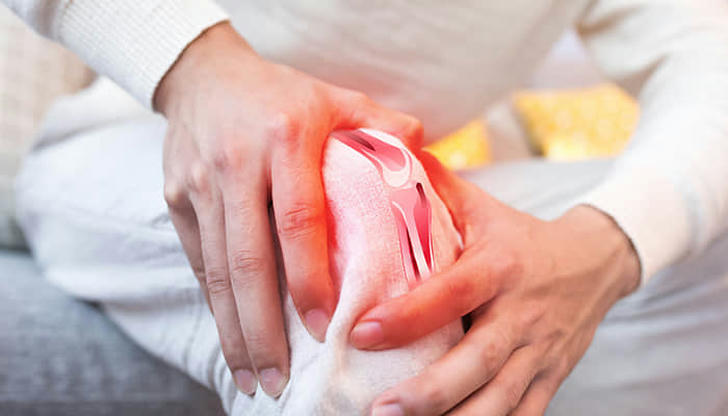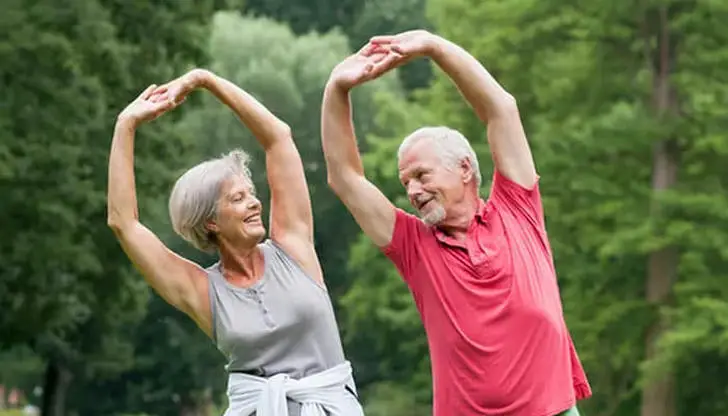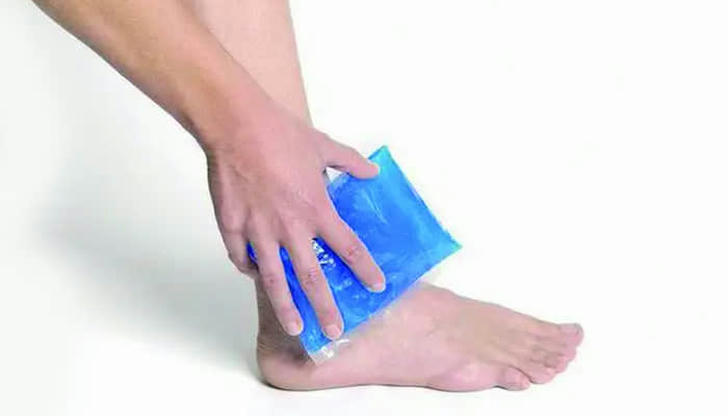8 Tips to Relieve Joint Pain and Stiffness You Can Do at Home
Advertisement

There are 58.5 million adults in America suffer from arthritis. Arthritis is a systemic disease. People with inflammatory conditions like rheumatoid arthritis may find that their joints are swelling, causing pain and discomfort. Over time, a swollen joint can become severely damaged. Arthritis patients seek to solution. However, often the surgery and drugs cost high and sometimes are worthless. Thankfully, there are several natural ways to decrease pain and improve day-to-day living, without drugs. Checkout the list of these tips and see what works for you.
1. Get Moving

If you suffer from the joint pain of arthritis, moving your body may be the last thing you want to think about. But regular exercise not only helps strengthen muscles and maintains joint function, it also relieves stiffness and reduces pain and fatigue. Don’t require special equipment, there are several exercise you can do at home. Pick your favorite, but don’t forget getting moving.
2. Do some stretch

Stretching will also help promote relaxation and help prevent future injury to the joint. Plus, gently stretching your joints affected by arthritis can help decrease pain and increase flexibility. Do some morning yoga after and before bed. Tai chi is also a good choice for beginners.
3. Meditate

Meditation is considered to be a quick, simple, and free way to relax. Try to sit or lie in a comfortable place in your home, choose one of a sound that clams you down while pleasing you. Close your eyes, take a deep breath, and repeat that sound in your mind. Start with a few minutes of meditation. You may gradually lengthen your daily meditation time to 10, 20, or even 30 minutes. This helps in ease your pain and stretch your joints.
4. Gardening

Gardening can be a great activity for getting some work and exercise into your muscles for those with arthsitis. “Gardening is not only enjoyable; it is also a good form of exercise that conditions your muscles and helps with arthritis,” says David Felson, MD, MPH, a professor of medicine at Boston University School of Medicine and a rheumatologist at Boston Medical Center. But remember to choose tools that are gentle on your joints, and take regular breaks.
5. Add more fiber to your diet

Research suggests that people who eat high-fiber diets tend to have less osteoarthritis pain. Moreover, people who eat foods high in fiber produce can help foster a healthy balance of microbes in the digestive tract. An imbalance of microbes is associated with a higher risk of inflammatory arthritic diseases. Adding high-fiber food into your diet like nutrient-rich fruits, vegetables, beans, nuts and whole grains can yield many rewards.
6. Form a good sleep habits

Whether you are having trouble entering dreamland, tossing and turning through the night, or waking up before the sun rises, sleep deprivation can make pain worse and have a negative impact on your overall health. Follow these tips to sleep better. Try to regulate your sleeping schedule. Go to sleep and wake up at the same time every day, even on weekends and vacation. Avoid caffeine and alcohol that could make you tossing through the night. And ban electronics from the bedroom.
7. Warm-up aching joints

Warm up your painful joints can ease your discomfort. It can increase blood flow to sore muscles, loosens stiff joints, thus relieve joint pain. Try these methods of applying heat to an arthritic joint. Put a hot bottle of water or heated wraps on your knee. Or simply, take a hot bath.
8. Or cool down joints

Applying a cold compress to the skin over the affected joint also helps reduce painful inflammation. It also may slow nerve impulses, which can interrupt the pain signals. Try some home made cold therapy. Place an ice pack on your painful joint – applying a towel between the ice and skin. But for no more than 20 minutes at a time, repeat throughout the day—up to 8 or 10 times in a 24-hour period.



